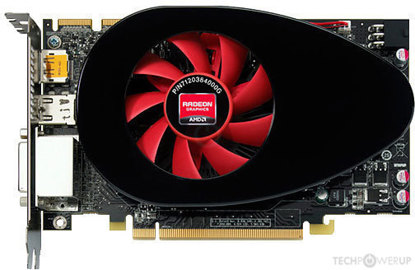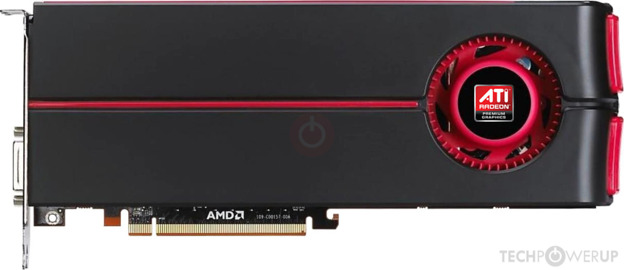It was clear as Windexed glass. I am saying instead of mixing and matching actual numbers, I simplified and went with MFG listed specs. You are getting lost in the details that aren't terribly relevant to the point. Take the deets away and see the forest through the trees, please.

Again, I wasn't really talking to you out of the gate, but to the Super XP guy who thinks Nvidia is going to be "worried". AMD has a long way to go, bud, no matter what way you slice the numbers. Nvidia has a die shrink and arch change, while AMD has an arch change while adding on RT hardware for the first time. I'm a betting man and my money is on Nvidia being able to reach these rumored goals.
But yes, we have no idea... I know/knew that going into my first reply to Super XP... may have even said it there too....this merry go round is making me dizzy. I don't give 2 shits to split hairs and semantics which don't matter to the overall point........

.
AMD is currently behind in ppw. Outside of the 5600XT which had to be tweaked the week before reviews, Navi is less efficient than Turing. At best, with 5600XT it is on par/negligible differences. However the budget 5500 XT and the (current) flagship 5700 XT are not as efficient. So there is that hurdle to overcome. Next, performance. 46% increase to reach 2080 Ti speeds from a 5700 XT. If we use Kepler to Turing and its paltry increase (25%), that means AMD needs to come close to a 71% performance increase to match Ampre. I'll call AMD's flagship 'close' to Nvidia's when it is within 10%. So let's say it needs 61% improvement over the 5700 XT.... I ask again, to all, have we ever seen a 61% performance increase from gen to gen? Maybe 8800 GTS over a decade ago??? I don't recall....
So, for the last time.......

Nvidia is sure as hell not worried about AMD. AMD has a lot of work to match/come close to what Ampre can bring in performance, a bit less work - but work nonetheless - to take the overall PPW crown. Can anyone refute those points?


 Sorry about that. Anyhow, by not going by real-world power draw numbers you're effectively giving Nvidia an advantage due to them lowballing specs. That's ... nice of you, I guess? My general rule of thumb is to never - ever! - trust manufacturer power draw numbers, but rely on real-world measurements from reviews. The former is okay for ballpark stuff or if no reviews exist, but should always be taken with a (huge) grain of salt.
Sorry about that. Anyhow, by not going by real-world power draw numbers you're effectively giving Nvidia an advantage due to them lowballing specs. That's ... nice of you, I guess? My general rule of thumb is to never - ever! - trust manufacturer power draw numbers, but rely on real-world measurements from reviews. The former is okay for ballpark stuff or if no reviews exist, but should always be taken with a (huge) grain of salt.





